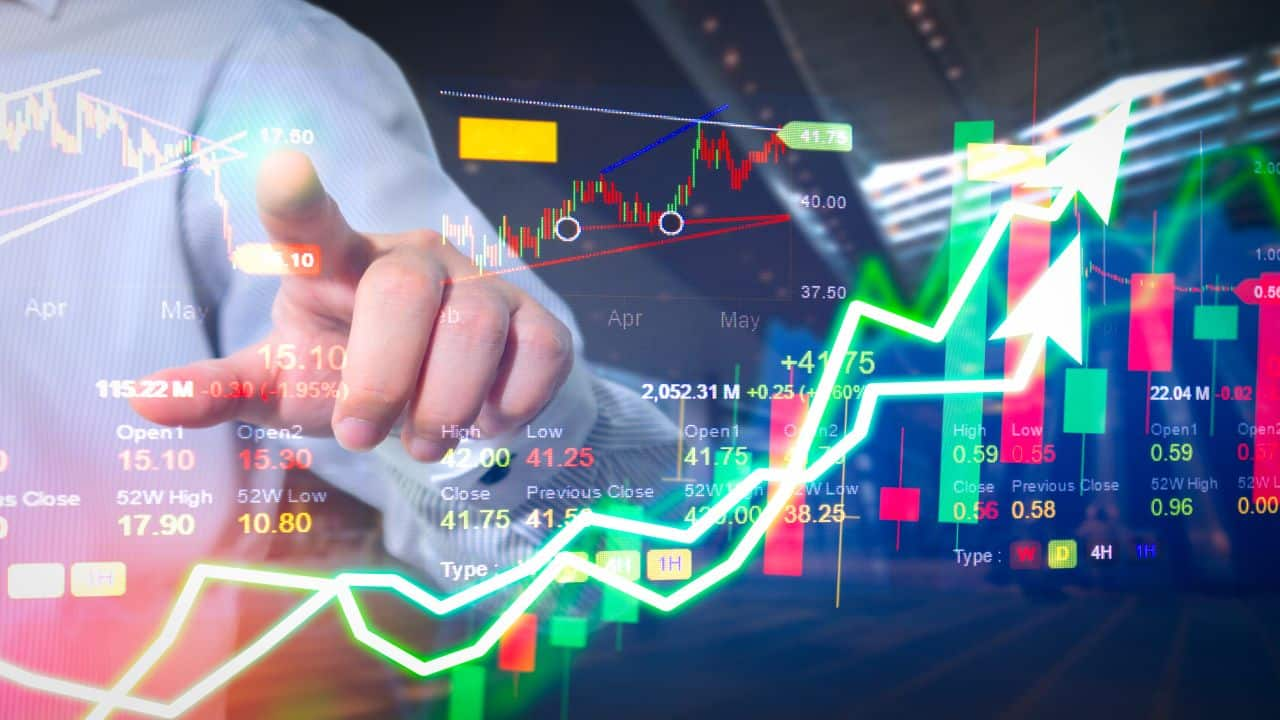Bargain-hunting made easy with OIPCR
The ratio OIPCR also called open interest (PCR), just gives us a gauge of participation in Puts vs Calls. A higher ratio means more Puts and vice-versa, says Shubham Agarwal.
SHUBHAM AGARWAL | 06-Nov-21
Reading Time: 3 minutes

Nervousness in a rally is always looked at with more smiles than frowns. The reason is simple—there always are few participants who may have missed out on buying at lower levels and have an urge to get in.
The million-dollar question is that how much pull-back is good enough to start nibbling, at least, if not go all in.
Option, as an instrument, is a good vehicle to make such trades with lack of conviction in the view. However, we still need some sort of trigger for this bargain-hunting drive.
One trade data analytics that comes in handy to trigger this bargain-hunting exercise is Sentimental Indicator. Sentimental indicators are many but we will only discuss the Open Interest Put Call Ratio (OIPCR).
OIPCR is computed the same as the name suggests.
OIPCR = Total Put Open Interest / Total Call Open Interest.
Open Interest data is the accountability of the total open positions held by all of us of Call and Put across the market published by the exchange daily for the public to view and analyse.
The ratio OIPCR gives us a gauge of participation in Puts vs Calls. Higher ratio means more Puts and vice-versa.
To extract analytical drawings, one must understand a few things:
1 Though every Put or Call has both buyer and seller, more Puts means more people willing to Sell Puts (and take negative reward to risk) and likewise for Calls
2 Higher ratio with higher Puts (Sellers) mean we have a bias towards Put Sellers’ view and the other way around for Calls
3 Call Sellers’ view: Underlying neutral to bearish
Put Sellers’ view: Underlying neutral to bullish
4 Just like many sentimental indicators, OIPCR also tends to mean revert at least in short term. This means, if the ratio goes too high, more often than not it won’t come down.
Considering these basics of OIPCR, let us now take a deeper dive into using it. This ratio has been seen empirically moving in ranges. A rising market also means more participants in favour of Bulls would generally be accompanied by a rising OIPCR as well.
It is seen that when OIPCR comes closer to the recent Low while the underlying index/ stock is in a bull run, the end of pullback could be seen around the same time.
Many times both OIPCR and the underlying are seen turning around from a pullback as soon as OIPCR comes closer to the recent low.
So, in our quest for bargain-hunting, if we see any pullback pushing the OIPCR to the recent low, it could mean a halt in the pullback is likely. Many times, this ratio has helped me get an entry point for my bargain-hunting drive.
As an indicator, this cannot be the basis to buy or to sell but this ratio can be used to support our bias.
Lot many studies can be explored on OIPCR but let us stop at one simple actionable that can aid bargain hunting.
Where to get OIPCR data from? Well, apart from the exchange publishing raw data to calculate OIPCR, there are many options analytic platforms that present OIPCR charts. Check Live Call Open Interest Data here @ Quantsapp .
To Know More about derivatives market
Learn and read more about technical analysis from Quantsapp classroom which has been curated for understanding of dow theory from scratch, to enable option traders grasp the concepts practically and apply them in a data-driven trading approach.
Recent Articles

Beyond Panic: Take control when your derivatives trade turns red, says Shubham Agarwal!
13-Dec-25

Evolve Your Trade: The missing step in most trading systems: Shubham Agarwal
06-Dec-25

Best trending option trading strategies: Shubham Agarwal
29-Nov-25

3 best ways to hedge using Options: Shubham Agarwal!
22-Nov-25

When in doubt to write, do Iron Fly: Shubham Agarwal!
15-Nov-25

Identify potential turning points with advance-decline: Shubham Agarwal
08-Nov-25

Slow and spreads more efficient: Shubham Agarwal
01-Nov-25

Use implied volatility as probable top finder: Shubham Agarwal
25-Oct-25

SHUBHAM AGARWAL is a CEO & Head of Research at Quantsapp Pvt. Ltd. He has been into many major kinds of market research and has been a programmer himself in Tens of programming languages. Earlier to the current position, Shubham has served for Motilal Oswal as Head of Quantitative, Technical & Derivatives Research and as a Technical Analyst at JM Financial.
Recent Articles

Beyond Panic: Take control when your derivatives trade turns red, says Shubham Agarwal!
13-Dec-25 09:12:00

Evolve Your Trade: The missing step in most trading systems: Shubham Agarwal
06-Dec-25 20:43:00

Best trending option trading strategies: Shubham Agarwal
29-Nov-25 09:32:00

3 best ways to hedge using Options: Shubham Agarwal!
22-Nov-25 09:11:00

When in doubt to write, do Iron Fly: Shubham Agarwal!
15-Nov-25 10:48:00

Identify potential turning points with advance-decline: Shubham Agarwal
08-Nov-25 10:35:00

Slow and spreads more efficient: Shubham Agarwal
01-Nov-25 10:35:00











